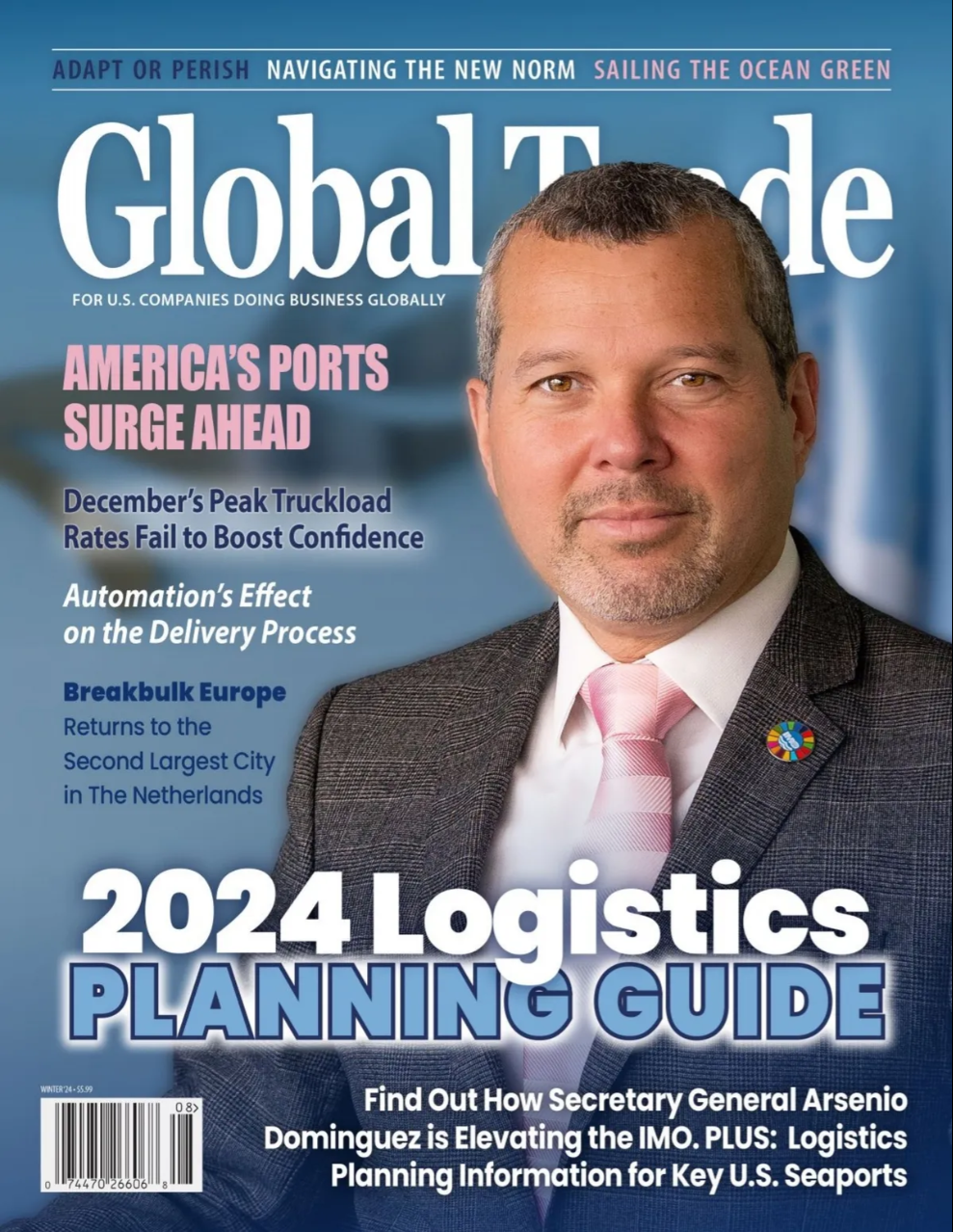Salesforce Change Sets are a valuable tool for administrators to streamline the deployment of changes across Salesforce environments. Administrators can ensure smooth and error-free deployments by following best practices and implementing efficient strategies. This article will explore the best practices for using Salesforce Change Sets and how they can be leveraged to streamline the deployment process.
Understand the Purpose of Change Sets:
Before diving into best practices, it is essential to understand the purpose of Salesforce Change Sets. Change Sets allow administrators to bundle and deploy configuration changes, such as customizations, metadata, and settings, from one Salesforce instance to another. They provide a controlled and organized method for migrating differences between different environments.
Plan and Organize Changes:
Effective planning and organization is a key to streamlining deployments with Change Sets. Consider the following best practices:
a) Group-Related Changes: Identity and group-related changes within a Change Set. This ensures that dependencies are included and deployed together, reducing the risk of errors and conflicts.
b) Prioritize Changes: Prioritize changes based on their criticality and impact on business processes. Deploy high-priority changes first to minimize disruption and maximize efficiency.
c) Break down Complex Changes: If a change involves multiple or complex components, consider breaking it into smaller, manageable Change Sets. This approach simplifies testing, troubleshooting, and tracking of changes.
Thoroughly Test Changes:
Testing is critical in the deployment process to ensure that changes function as intended. Follow these best practices for testing Change Sets:
a) Sandbox Testing: Perform thorough testing in a sandbox environment that resembles the production environment. This helps identify and resolve issues or conflicts before deploying to the live system.
b) Test Data: Use realistic test data that represent real-world scenarios. This allows for accurate validation of changes and helps identify any data-related issues during testing.
c) Validation Rules and Workflows: Test validation rules, workflows, and other automated processes included in the Change Set to ensure they execute correctly and produce the desired outcomes.
Communicate and Prepare Stakeholders:
Effective communication and preparation are crucial to ensure a smooth deployment process. Consider the following best practices:
a) Stakeholder Communication: Inform users and stakeholders about the upcoming changes and their impact. Provide clear instructions and documentation to facilitate their understanding and adoption of the changes.
b) User Training: Offer training sessions or resources to familiarize users with the new features or changes. This empowers them to make the most of the updated system and minimizes disruption to their daily activities.
c) Change Management: Implement change management practices to address any resistance or concerns from users. Engage with stakeholders early in the process and address their feedback to ensure a successful deployment.
Monitor and Document Changes:
To maintain an organized and transparent deployment process, consider these best practices:
a) Change Tracking: Maintain a record of all changes made using Change Sets. This includes documenting the purpose, components, and specific instructions or considerations.
b) Version Control: Implement a system to track and manage changes across different environments. This allows for easy rollback if necessary and helps maintain data integrity.
c) Post-Deployment Validation: Validate the changes after deployment to ensure they function as expected in the production environment. This step helps identify any post-deployment issues that may require further attention.
Conclusion:
Salesforce Change Sets are a valuable tool for administrators to streamline the deployment of changes within Salesforce environments. By following the best practices outlined in this article, administrators can optimize their deployment processes, minimize risks, and ensure successful and efficient deployments. Implementing effective planning, thorough testing, stakeholder communication, and change tracking will help streamline the deployment process and maximize the benefits of using Salesforce Change Sets.








